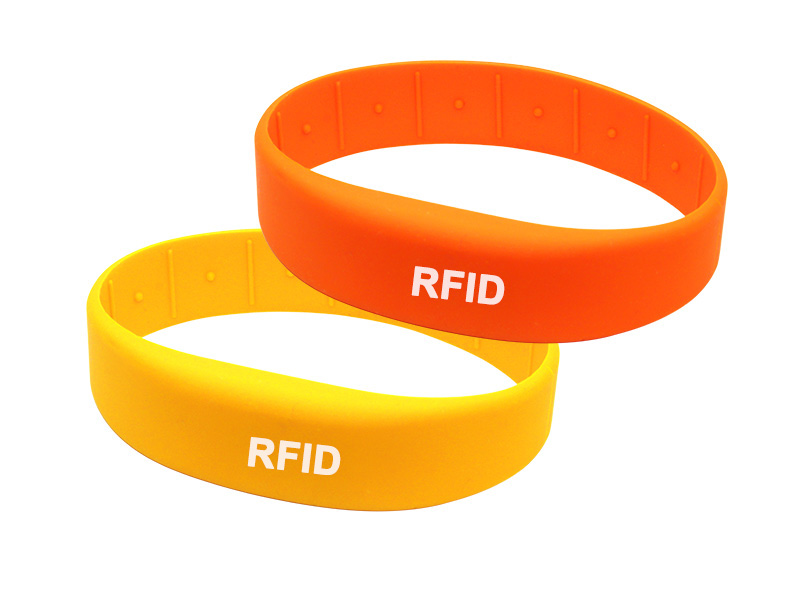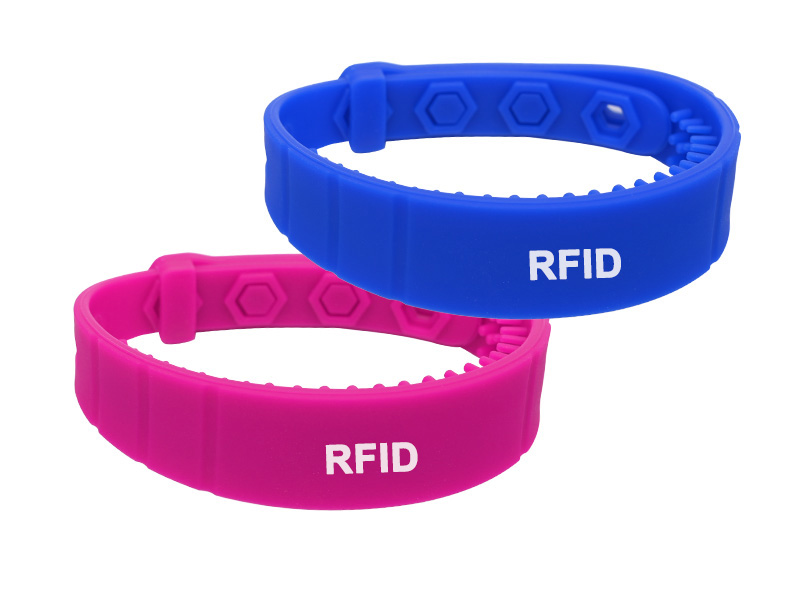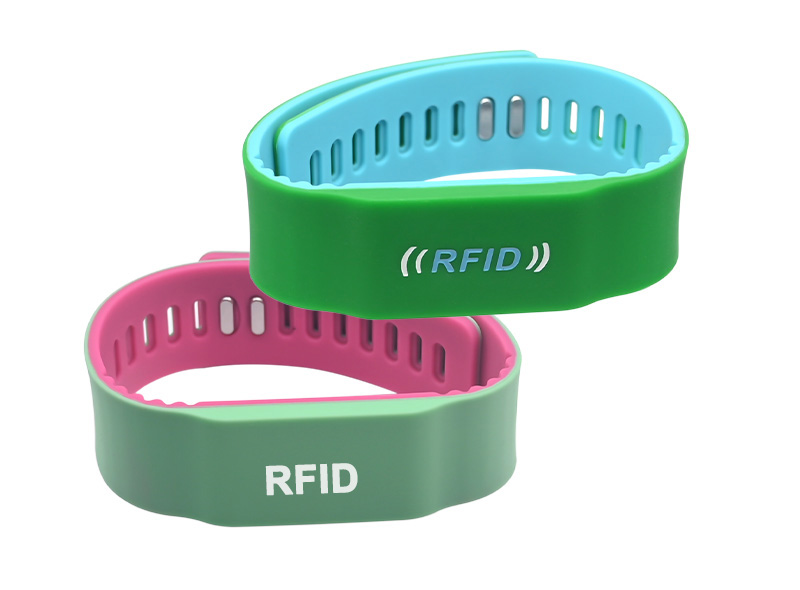Advantages of using silicone wristband material
Firstly, silicone wristbands are synthetic elastomers made from cross-linked silicone-based polymers reinforced with fillers. They achieve a combination of chemical and mechanical properties that organic elastomers cannot match.
9 major advantages of using silicone wristband material in product design
What are the advantages of materials with such properties?
It has a longer service life in harsh environments and remains unaffected by weather conditions such as rain, snow, humidity, ozone, and solar ultraviolet (UV) radiation for an extended period of time. However, organic elastomers may become brittle after prolonged exposure to the environment.
Secondly, it has a wider operating temperature range - from -100℃ to 316℃ (-148 to 600oF); organic elastomers soften and undergo irreversible deformation when the temperature exceeds 100℃ (212oF), and become brittle when the temperature drops below 25℃ (-13oF).
Thirdly, when exposed to harsh environmental stresses (heat, cold, moisture, oil, ozone, ultraviolet radiation), its inherent good electrical insulation quality will not undergo significant changes.
Fourthly, it can maintain its natural flexibility and elasticity (resistance to compression deformation) over a wide temperature range, enhancing the comfort and feel of consumer products.
Fifth, it possesses excellent sealing performance.
Sixth, inertness (tasteless, odorless);
Seventh, safety and environmental protection, which are widely applied in food processing tools, baby products, and other fields.
Eighth, more choices - a wider range of hardness (from Shore A10 to 80) and a wider range of color options (from transparent to bright colors).
Ninth, better fluidity - easy to manufacture, improving productivity.










